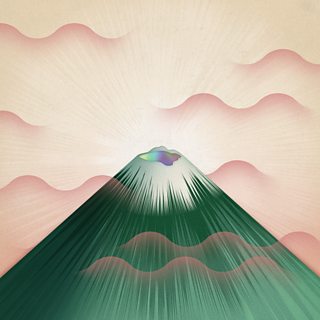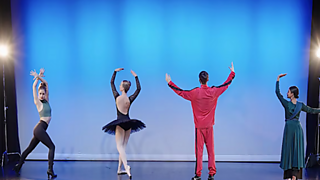- Try
- Rate
- Share
How did you rate this?

The Inside Story
What is Television’s Hidden ±«Óãtv? We spoke to Alexandra Palace's Curator, James White, to find out more...
Television’s Hidden ±«Óãtv is an interactive tour through the historic studios at Alexandra Palace. It takes visitors inside otherwise inaccessible spaces and uncovers the stories of the ground breaking work performed there. Using historic footage, images and sounds, it brings the hidden spaces alive.
We wanted to find a way to take visitors inside in a way that also made the history accessible and exciting. When the studios were operational the most creative and innovative thinkers of the day worked there, creating new forms of programming and developing the television technology. We wanted to find the equivalent tool today to give viewers the same impact those in 1936 would have felt tuning their tv set for the first time.
It took decades of experiments at the Alexandra Palace studios for television to become the powerful tool it is today. We want to understand how we can make VR and immersive content a new and unique medium. Your feedback will help us understand how users engage with and navigate content.
Physically the greatest challenge was getting into spaces that are not publicly access. No lighting in the studios meant we had to work with natural light and small portable lamps, without making them distracting in the scene. It meant that some spaces could not be filmed and there is much more to be explored!
From 1936 until 1980 the studios were constantly adapted and reinvented as television grew. Whilst the launch of television was pivotal it has been difficult to select from the many important milestones. We focussed on the early period whilst using interaction points to branch off to acknowledge different eras.
We wanted to include as much vintage footage as possible. We found that, rather than thinking of the clips on their own to be viewed in isolation by, working with the 360 environment, mapping footage on walls it created a completely immersive experience unique to VR as a medium.
VR and interactive content is a fantastic tool but really comes into its own when used to deliver engaging stories. Mapping historic content into the spaces where it was made, and hearing the voices of people who worked there, gives a window into the past. It is exciting to take viewers on a journey physically and narratively, it is all about connecting to the past and the spaces.



